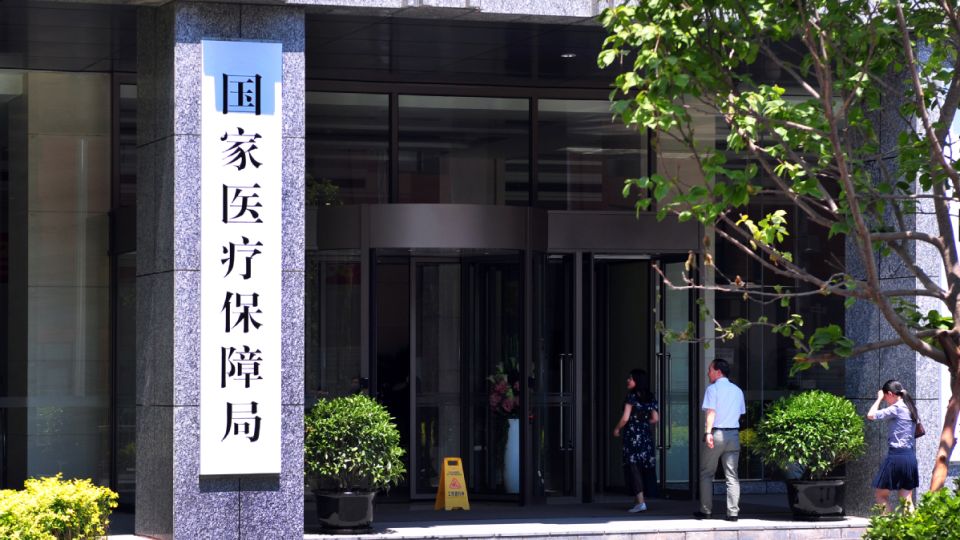February 14, 2022
BEIJING – The expanding list of drugs and medical consumables included in China’s bulk-buy program is expected to cover traditional Chinese medicines and more orthopedic and dental implants this year, the National Healthcare Security Administration said on Friday.
Since 2018, China has launched six rounds of a centralized procurement program that is estimated to have saved more than 260 billion yuan ($40.7 billion) in medical insurance costs and patient expenditure, said Chen Jinfu, deputy director of the administration.
He told a news briefing held by the State Council Information Office that 234 types of medications included in the bulk-buy program have seen an average price cut of 53 percent.
He said prices of heart stents, expensive medical consumables newly added to the program, had dropped by 93 percent, and prices of artificial hips and knees were down 82 percent.
“Centralized procurement programs in China have become regular, and the bidding processes, as well as supportive policies to ensure quality, supplies, distribution and use of selected medical products are getting better,” he said.
Chen said that by the end of this year, there should be more than 350 medications included in national or regional procurement programs in each province, along with no less than five types of high-value medical consumables.
The types of medical products included in the program, which has mainly focused on chemical drugs thus far, will also become more diverse, he said.
“This year, we plan to roll out bulk-buy programs targeting medical consumables in high public demand, such as spinal consumables,” Chen said.
He said authorities have begun negotiating with experts and medical institutions to devise bulk-buying plans tailored to artificial bones and dental implants.
In addition, some provinces have banded together to launch regional procurement programs for traditional Chinese medicines. “The scope of such programs will be further expanded this year,” he said.
Chen said the centralized procurement system is aimed at achieving reasonable prices, as well as balancing supply and demand.
“Our goal is not to nail down the lowest prices around the world,” he said.
“As China is pursuing common prosperity, we are striving to bring high-quality medications to Chinese people at affordable prices.”


